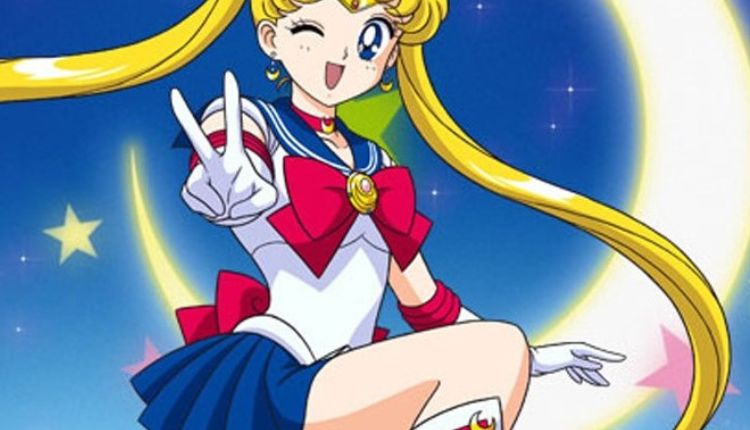For many, it has become a common practice to consume manga and anime in their leisure time. These two popular genres are both based on comic books and often include some political elements to them. However, despite these similarities, they have some differences that make them both unique and interesting. Here are some of the things that you need to know about them.
Art style
The art style of manhwa reflects a hybridization of Eastern and Western styles. Manhwa comics are often published in full color, and feature cartoon characters with oversized eyes and a cartoonish style. Despite this, the characters are more realistic than manga.
The most common forms of manhwa are webtoons. These comics are full color and available only through digital platforms. They also reach audiences immediately. Webtoons have become an important part of the Korean Wave, and are boosting the popularity of manhwa outside of Korea.
While manhwa is not as well known as other Korean culture to Western audiences, there is a growing interest in the genre. Many popular manga series are now translated into other languages. In addition, manhwa graphic novels are now exploring a wide range of topics and expanding their impact.
Manhwa has a long and rich literary history. Its artistic stylings are influenced by Japanese manga. However, it is more realistic and uses a different illustration style than manga.
Read from left to right
When you first read a manga, you may wonder why it is read from left to right. Japanese and Korean comics are both read this way.
Manga is a form of comics originating in Japan. This form of art has evolved from a long and rich history of Japanese culture. In addition to its traditional forms of storytelling, manga incorporates elements of Japanese literary culture.
A manga is traditionally published in black and white. However, manga in digital form can be printed in color. You can also find manga in other languages. Some of the more popular series are translated into multiple languages. There are even webtoons that are available to English-speaking readers.
The word manga is actually a combination of the Japanese words manhua and hua. It is pronounced manga in Japanese, and pronounced Manhua in Chinese. Originally, the term was used only in China to describe the style of art known as literati painting.
Anime vs manga
Anime and manga are two distinct types of comic books. However, they are closely related. They both have their fans.
In the west, the name anime is often associated with cartoons, computer-generated animated shows, or Japanese movies. Manga is a Japanese form of comics. A manga is usually hand-drawn, and usually has a distinctly Japanese feel.
Both manga and anime have their strengths and weaknesses. Anime has the advantage of being more realistic. It provides impressive visuals. Besides, it has voice acting, music, and sound effects.
On the other hand, manga can be less expensive and quicker to produce. It can be produced in one or two weeks. However, it will take many months to develop an entire anime series.
The art of storytelling in manga is not only impressive, but it has a number of advantages over other comic book formats. First, the characters are more realistic. For example, in manga, you can see a variety of facial features and hairstyles. Also, the characters have realistic proportions.
Political history
Manhwa is a type of comic created in Korea. It has a distinctive korean flavor. Unlike manga, manhwa is more of a left-to-right oriented comic.
Manhwa was born in the WWII era. Koreans first began creating cartoons that were a form of social criticism during the Japanese occupation. After the country was liberated, the craze for comics rose.
In the 1950s, manhwa was a popular genre. Cartoons were aimed at children and were very humorous. Political cartoons also started to reemerge. However, during the Korean occupation, Japan imposed strict laws to maintain its power. By mid-1920, most newspapers were shut down.
After Korea was re-established as a Republic in 1948, the government relaxed press regulations. However, political cartoons and other forms of social criticism continued to be banned.
When Korea was occupied by Japan from 1910 to 1945, Japanese language and culture became part of the Korean society. The Japanese imposed strict laws to keep the local populace in line.
